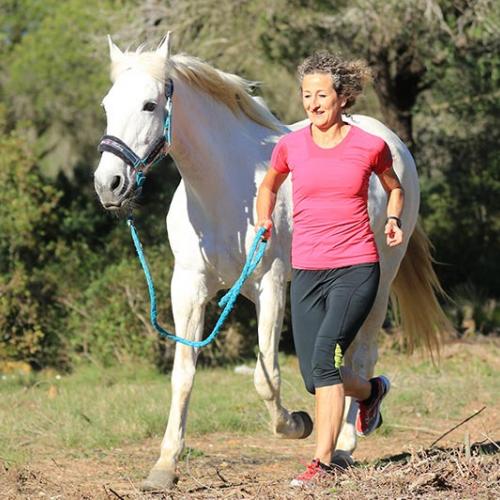There are lots of trainers – good trainers and bad trainers. This is a conversation that comes up a lot with equestrians of all disciplines and all skill levels. When is it time to move on from your current trainer?

Equines are born athletes and require the ability to move freely in their environment in order to maintain proper health. While they naturally move while grazing, especially when joined by other horses, short bursts of speed are also important. Movement impacts hooves and distal limbs, as well as the gastrointestinal, cardiovascular, and respiratory systems. Providing your horse with proper exercise will improve their circulation, digestion, flexibility, muscle and bone development, and impact their overall health and happiness. Below are a few helpful tips to follow:
Happy training!
There are lots of trainers – good trainers and bad trainers. This is a conversation that comes up a lot with equestrians of all disciplines and all skill levels. When is it time to move on from your current trainer?
While you are working on New Year’s resolutions for yourself, consider making a few for your horse as well. Here are a few suggestions...
Maintaining a healthy weight is essential for horses as they age. Here are a few tips to help keep your horse fit and trim.
Would you know it if your horse was in pain? Even if you knew your horse was in pain, would you know what type of pain he or she was suffering from?